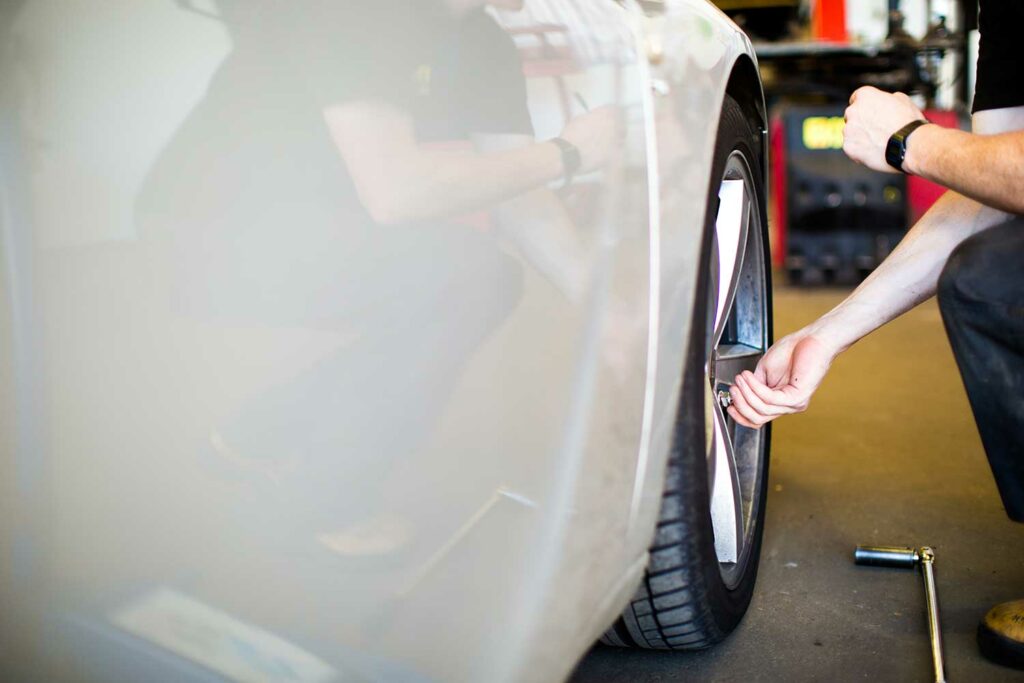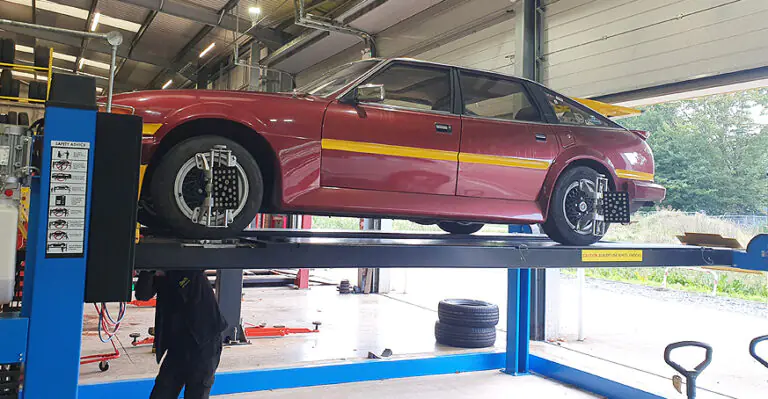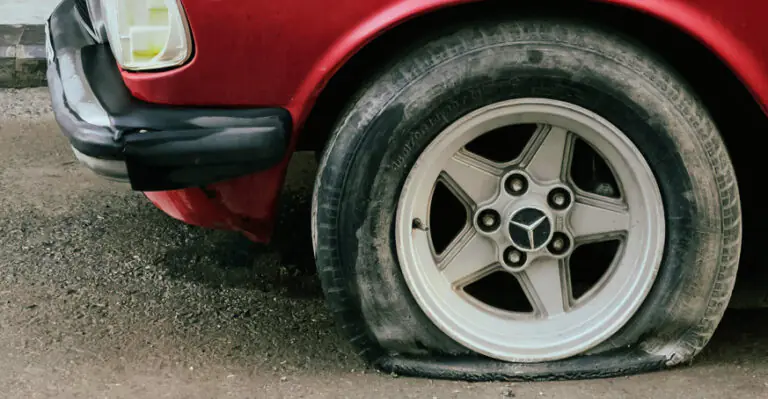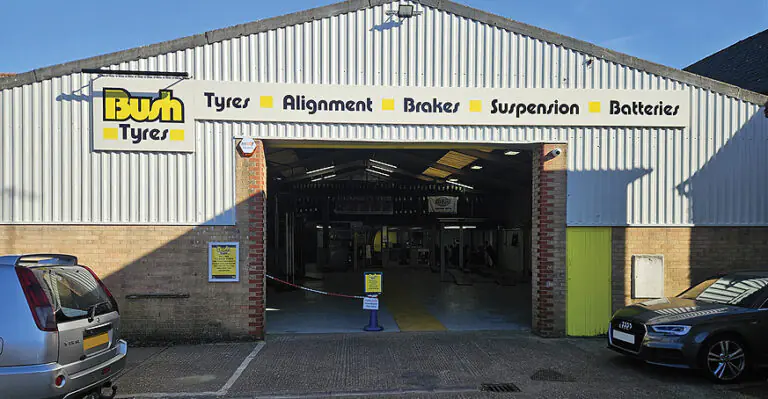How to change a Car Tyre: A simple guide to fitting a spare tyre
Article written by Bush Tyres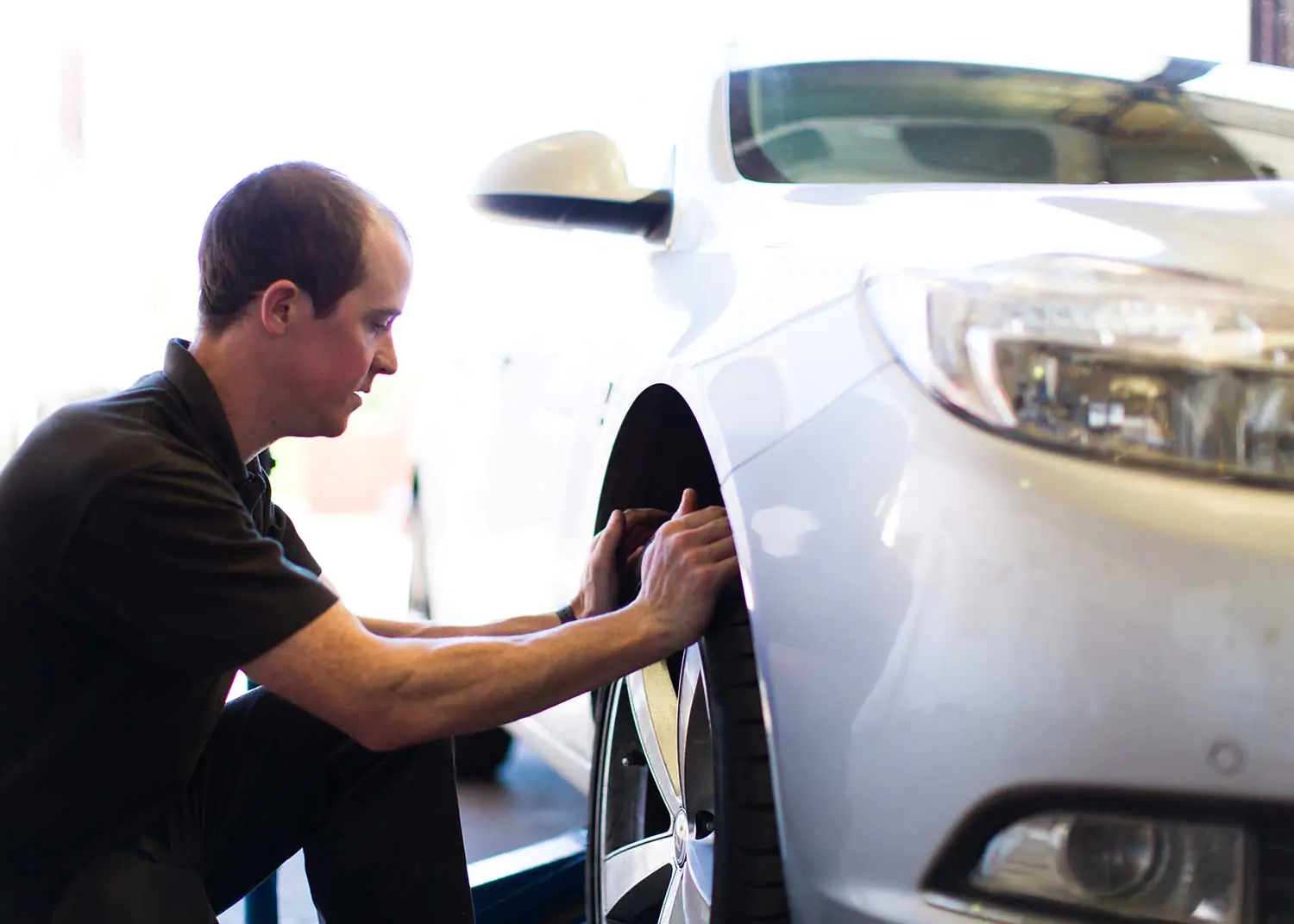
If you are unlucky enough to get a puncture and you’re not at home, the priority is to get you, the car and your family out of danger. Find a safe place to change a car tyre and get the punctured one in for repair.
Thankfully, you can change a car tyre yourself with minimal tools if you know what to do and follow a few simple steps.
Before you drive, always make sure you have the things you may need to change a spare tyre. Most of these should come with your vehicle, adding a flashlight, high vis jacket and a puncture repair kit could also be useful to keep in your car just in case.
Car Tyre Change Checklist:
- Owner’s manual
- Spare wheel with inflated tyre
- Wheel brace
- Car Jack
- Wheel nut key – if locking nuts are fitted
- Screwdriver
- Clean rag
- Warning triangle
Also handy to change a car tyre, but not essential:
- Torch
- Hi-Visibility Jacket
- Gloves
- Tyre pressure gauge
How to change a car tyre guide:
Step 1 - Make sure you are Safe!
Switch on hazard warning lights and drive very slowly on the punctured tyre, avoid any abrupt steering, braking or acceleration.
Move your car to a safe spot (ideally NOT a motorway hard shoulder – advice would be to leave your vehicle and stand behind the barrier until you can be recovered here).
Keeping your hazard warning lights on, turn off the engine and apply the handbrake. Select reverse gear if your car is manual; if it’s automatic, select ‘park’.
Put on your Hi-Vis jacket if you have one, place a warning triangle 50m behind the car if possible and remove all passengers from the car to a safe area, even if it’s raining or cold remember coats and umbrellas are useful in these situations.
Step 2 – Get Ready!
Remove any luggage from your boot if is stopping you from accessing the spare wheel or tools.
The spare tyre needs to be checked to see if it feels inflated. You should then check that the tyre jack and wheel brace are all there and ok to use before you start.
Check the vehicle manual again for any specific information on your car.
Step 3 – Ok, let’s get started!
It’s safer to do this part while the car is on the ground, remove any plastic wheel trims by pulling/prising them off. Use the wheel brace to loosen the nuts on the wheel you’re changing by only half a turn in an anti-clockwise direction (lefty loosie).
If they’re stiff you can use your full body weight on the wheel brace to shift them but take care not to slip. Hold the tyre lever at the very end for maximum leverage and don’t remove them completely yet.
If you have wheel wedges, now is the time to place these around the tyres, opposite to where the flat tyre is. The wheels should be chocked, the parking brake on, and in reverse gear (or Park for an automatic), so that the vehicle doesn’t roll. If you don’t have chocks/wedges you can use also a brick/rock or even a log if there is anything to hand.
Step 4 – Jacking Up the Car
Use the jack to raise the punctured wheel. Check your vehicle handbook for the correct lifting point on your car. These are typically marked on the inner sills. It is important NOT to jack your car using any other point as it may collapse or cause damage to your sills.
If you have a plank of wood or flat object to hand place it under the base, this can help keep your jack stable but is not essential. Avoid Jacking on mud/grass/gravel as this would be unstable.
With the body raised slightly, before the wheel is off the ground fully you can push the spare wheel under the body to act as a safety cushion just in case your car does slip.
Step 5 – Taking off the wheel
After fully raising your car and the wheel is fully clear of the surface. You can now fully unscrew the wheel nuts. It’s a good idea to place them together in a pocket/bag or cup so you don’t lose them for later. The wheel will be heavy and dirty so needs to be handled carefully, if you have gloves this is when they come in most useful.
After all the nuts are removed your wheel may appear to be stuck. This often happens and you will need to strike the wheel to remove it. The ideal way to do this is turn your back to the wheel and strike it with the base of your foot at the heel (like a bucking horse).
Work your way from one side of the wheel to the other and from top to bottom and it should rock itself loose. Once removed, you should place the removed wheel under the raised car to act as a safety cushion.
Step 6 – Fitting the spare tyre
First make sure the wheel is the correct way round. The wheel nuts should be fitted in diagonal pairs and tightened finger-tight at first. Vehicles can easily slip off their jack. Even on a level surface take extra care and never go under your vehicle while only a single jack is being used.
Step 7 – Lower the Car
Once the spare has been installed you can now safely remove the punctured wheel from underneath the car and fully lower your vehicle until the tyre of the replaced wheel touches the ground and finally remove the jack.
Step 8 – Final check.
Now using the brace, you can fully tighten the wheel nuts*. Make sure to put all your tools and the damaged wheel in your boot and don’t forget to refit or stow the plastic wheel trim.
*Tightening the wheel by hand on the brace, it potentially won’t be set to manufacturers specification. You should make sure to visit a qualified garage as soon as possible.
If your car has a space saver, the old wheel will now take up more space in the boot, in some cases it may need to be placed in the passenger area. If you do this, it should always be secured with a seatbelt or other restraint if possible.
It’s now time to double check the pressure on your spare tyre. If you have a gauge to hand, the pressure will be stated in the manual or on a sticker on the wheel itself or on the door pillar.
If you don’t have a gauge it is advised to drive carefully to a petrol station and use their gauge, re-check all your tyres before continuing your journey.
Final thoughts
If you still have any concerns about the safety of the spare wheel you should call your breakdown service or our Bushmobile team. They will be able to safely replace the spare tyre and make sure that your car is safe to drive to the nearest garage for a full assessment and repair or replacement tyre if necessary.
Summary
Once you have safely fitted the spare wheel or space saver, you should visit Bush Tyres at the first opportunity. Our Tyre Experts will advise if you should repair or replace it. Don’t drive on a space-saver spare wheel for any longer than is necessary, they are only intended for emergencies.
If the tyre can’t be repaired and you need to replace it, we will advise on which tyres will be best for your car and driving requirements. Many options are available, Economy, mid-range options, featuring accidental damage cover and free puncture repairs* and top of the range premium, original equipment, and high-performance tyres.
Remember if you get a puncture on your car, emergency or not, and you don’t feel comfortable or safe to change a tyre yourself – you can call our Bushmobile 24/7 call out service to assist you on 0800 1385000 – add this number to your contacts now!
For more information on our Tyre Breakdown Service, you can visit the Bushmobile mobile tyre fitting page of our website. Or if you just need tyres fitting at home, or the office, our mobile tyre pricing can be seen across the full range of tyres on our main website. search for tyres
Frequently asked questions:
How fast can I drive on a spare tyre?
Some cars fitted with smaller spare tyres shouldn’t be driven over 50 mph. They will have less traction and will handle differently to the standard tyres on the road, especially in poor weather conditions. If you have winter tyres or all-season tyres, the spare tyre could also be different to the other ones fitted, extra care must be taken.
How long can you use a spare tyre for?
The temporary spare should only be used until the standard tyre can be repaired or replaced. We advise you do this within 50-100 miles ideally. But the wheel can be used for longer if necessary. If you are waiting for stock availability for example you could continue using the spare tyre, but if you have alternative transport options, we recommend avoiding using if possible.
How long does it take to change a car tyre?
Spare wheel can be swapped in less than 30 minutes. It is important to make sure to proceed safely and take your time. Carefully check each step and make sure to tighten bolts correctly.
Your spare tyre must be set to correct pressure. Any good safety check with a professional should include a report on your spare tyres age and condition.
If you have time, it is worth checking all the tools are there and that your spare tyre is inflated correctly. You will then know you can change the tyre if you ever need to in an emergency. If you are unsure how to do this, our staff can help you with this at any location for FREE.
SAFETY DISCLAIMER
Before you change a car tyre yourself, always read your car’s manual for advice. Many cars still carry a spare wheel, or at the minimum a temporary spare or sealant kit to ‘get you home’.
If you are at all unsure about how to change a car tyre yourself, you should call out our Mobile Tyre Service who will be happy to assist you. If you are a member of a national breakdown service, they will also be able to help in these situations.
Some modern vehicles have an ‘SOS’ function built in, you can press this button to speak to an advisor 24/7 who can talk you through the process or help you find the location of any tools needed.
Make sure you find a safe place to remove the wheel. Sometimes it may be necessary to drive a little further and risk some minimal damage to the car or the rim. This is often safer than stopping somewhere potentially dangerous to you or your loved ones such as on a narrow road or a live lane of a motorway.
As per the highway code, leave hazard lights ON when you park. You are also advised to put on a reflective jacket if you have one and position your warning triangle 50m or 10/12 car lengths behind your vehicle to alert oncoming drivers to your position.
You can also find guidance on tyre repair and spare tyres on the TyreSafe website.



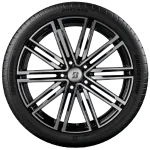 Tyres
Tyres Services
Services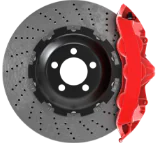 Fast Fit
Fast Fit Offers
Offers